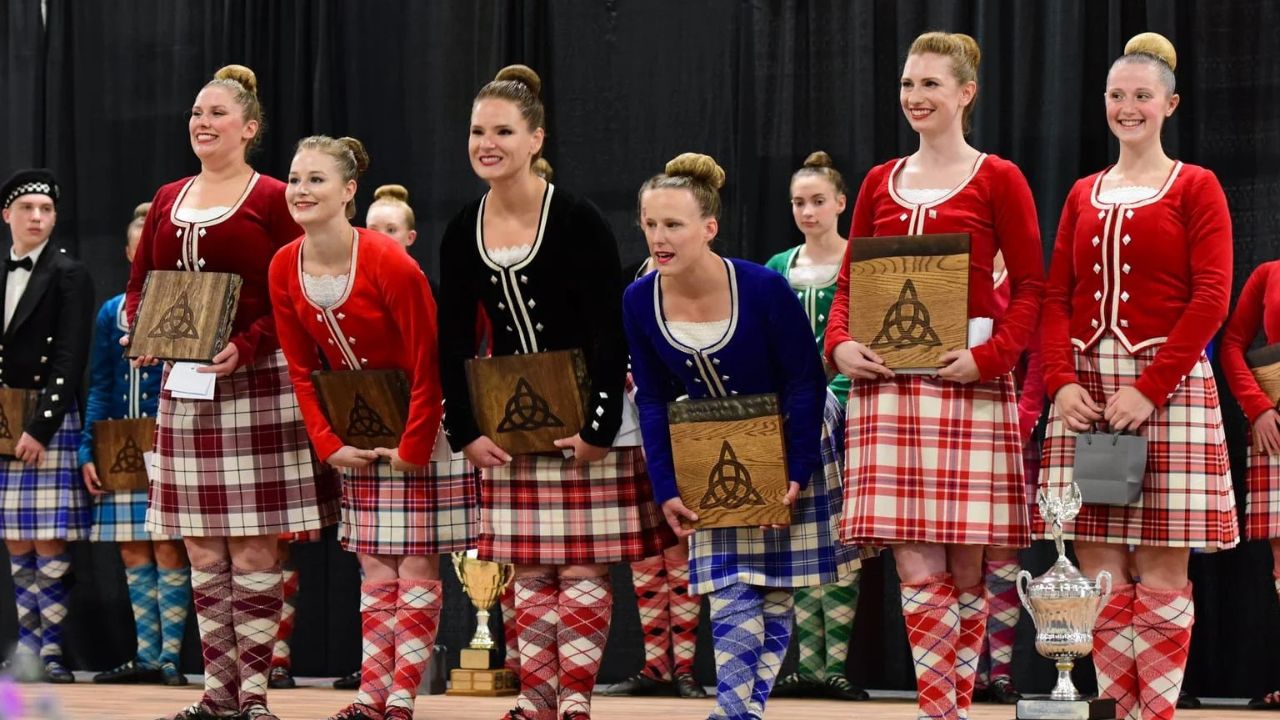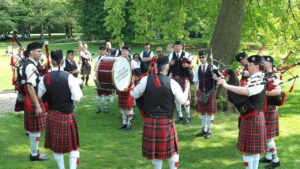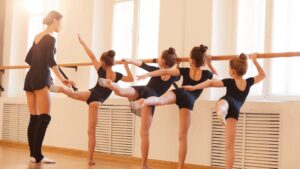Judging in Highland dancing is more than selecting winners — it’s about preserving the technical integrity, tradition, and fairness of the sport.
In the United States, judges work under the Federation of United States Teachers and Adjudicators (FUSTA), following rules set by the Scottish Official Board of Highland Dancing (SOBHD).
Becoming a Highland dance judge is a rigorous process that requires advanced dance knowledge, years of experience, and a commitment to continuous education.
This guide explains exactly what it takes to become a Highland dance judge, what responsibilities the role involves, and how judging is regulated.
Why Judges Are Important in Highland Dancing
In Highland dancing competitions, judges are the guardians of:
- Technical standards — ensuring correct execution of steps, positions, and timing.
- Fairness — evaluating all dancers consistently without bias.
- Tradition — maintaining the heritage of Scottish Highland dance in every adjudication.
Minimum Requirements to Become a Highland Dance Judge
Age & Membership Criteria
- Must be at least 21 years old.
- Must be a full member of the Highland branch of a SOBHD-recognized examining body:
- British Association of Teachers of Dance (BATD)
- Scottish Dance Teachers Alliance (SDTA)
- United Kingdom Alliance of Professional Teachers of Dancing (UKA)
The Judge Certification Process
1. Pass the Members Exam
Before applying to become a judge, you must pass the members exam from your examining body, demonstrating mastery of all Highland dances.
2. Complete the Judges Exam
The judges exam consists of three parts:
- Written Exam – Tests knowledge of rules, scoring, and competition procedures.
- Mock Competition Judging – Applicants evaluate dancers in a simulated event to demonstrate judging skills.
- Oral Exam – Covers all four Highland dances, Hornpipe, Jig, and the eight National dances performed in competitions.
Steps to Becoming a Highland Dance Judge
| Step | Description | Outcome |
|---|---|---|
| Full Membership | Join BATD, SDTA, or UKA Highland branch | Eligible to apply for judging exam |
| Members Exam | Demonstrate technical mastery of dances | Certification as a teacher |
| Written Exam | Test on rules & scoring | Approval to proceed |
| Mock Competition | Judge a simulated event | Show evaluation accuracy |
| Oral Exam | Assess all competition dances verbally | Final judging certification |
Judging Attire Rules
Female Judges
- While not mandatory, it is recommended that female judges wear a tartan skirt during competitions to reflect tradition.
Male Judges
- Expected to dress smartly, often in Highland attire or formal wear suitable for the event.
Why the Same Judges Often Appear in Certain Regions
This can happen due to:
- Organizer budgets — hiring local judges reduces travel costs.
- Familiarity — organizers may prefer judges they know and trust.
- Rule flexibility — no strict limit on how often a judge can officiate in a region, except Championships (max three years in a row).
Judging Responsibilities During Competitions
1. Tempo Control
Highland Dance Judges can ask pipers to adjust the tempo but may choose not to if they feel the music is fine. Some may already have discussed tempos with the piper before the event.
2. Ordering Re-Dances
If music is unsteady, the judge decides whether it significantly impacted performance and warrants a re-dance.
3. Stopping a Competition Due to Weather
While the organizer typically decides this, judges can override if dancer safety is at risk.
Maintaining Judge Certification
To remain eligible to judge Championships:
- Attend at least one Championship Set Step lecture each year.
- Attend at least one judges’ meeting every two years.
Failure to meet these requirements can result in:
- Loss of Championship judging eligibility (for missing lectures)
- Removal from the judges’ panel (for missing meetings)
Qualities of a Good Highland Dance Judge
- Deep technical knowledge of every dance in the competition syllabus
- Fair and unbiased evaluation
- Strong observation skills to spot both strengths and errors quickly
- Respect for tradition while supporting the sport’s growth
- Professional demeanor in interactions with dancers, teachers, and organizers
Becoming a Highland dance judge requires years of dedication to the art form, mastery of technique, and commitment to fairness.
Judges play a crucial role in upholding competition standards and ensuring the next generation of dancers inherits a sport that is both challenging and true to its roots.
By meeting certification requirements, continuing education standards, and professional expectations, judges help maintain the integrity and prestige of Highland dancing worldwide.
FAQs
Can a judge also compete as a dancer?
Yes, but not in the same event they are judging. In most cases, judges stop competing once they begin officiating regularly.
How long does it take to become a certified judge?
It varies — many judges have years of teaching experience before applying for certification.
Can judges work internationally?
Yes, certified judges recognized by SOBHD can officiate in competitions around the world, provided they follow each country’s registration rules.




